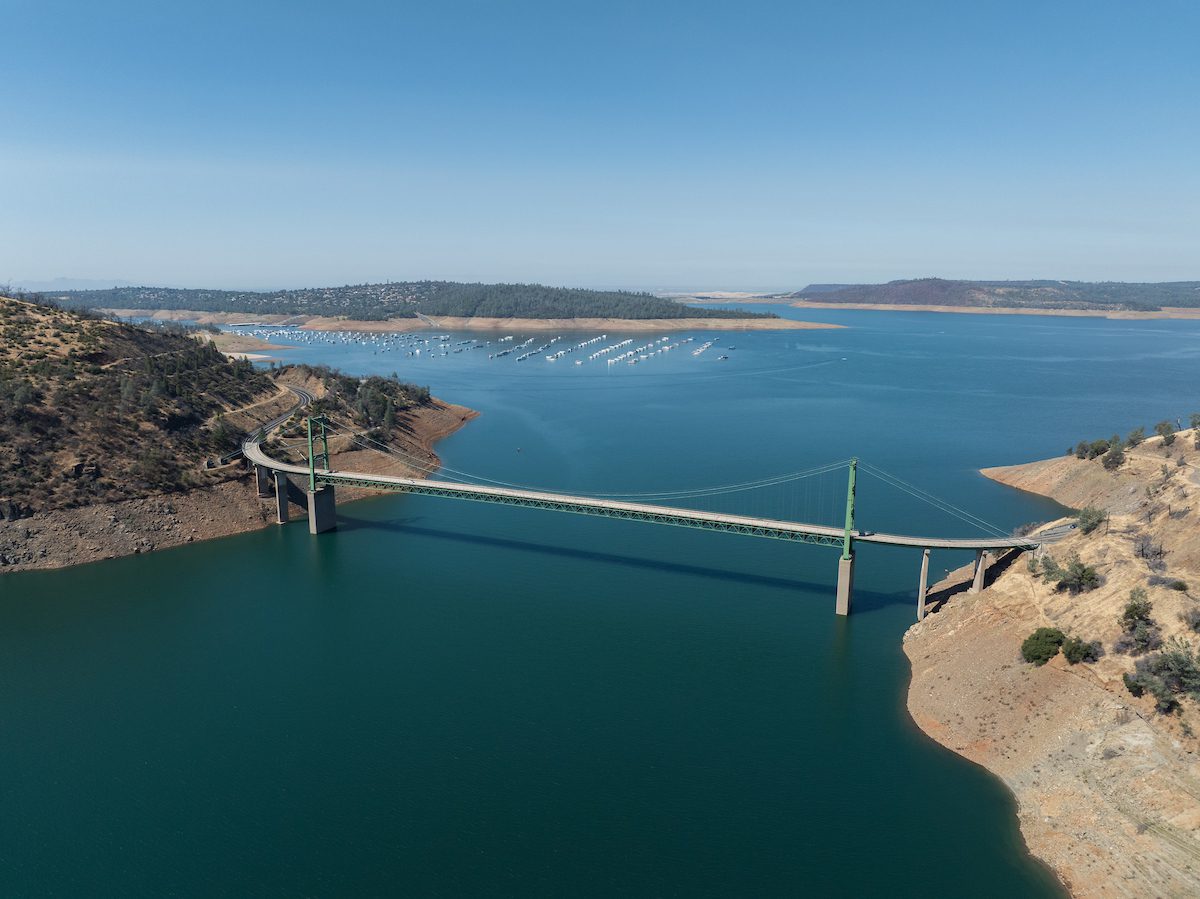- California’s new Water Year starts on October 1.
- Extreme weather events are expected this season.
- Record heat and dry conditions were seen last summer.
- La Niña may bring further weather unpredictability.
October 1, 2024 — Last week, the California Department of Water Resources (DWR) shared updates about the upcoming Water Year, which begins today. The state is preparing for more extreme weather this season after experiencing a record-hot summer and the possibility of a La Niña pattern.
Current Conditions.
California has faced significant climate challenges over the past decade. The state is currently dealing with above-average temperatures and a lack of rain, which are expected to continue into October. This situation means that when rain does come, it could arrive in stronger storms, increasing the risk of flooding.
DWR Director Karla Nemeth stated , “California has experienced the full range of climate challenges in recent years from extreme drought to severe flooding and we will be seeing more of that in the future.” To tackle these challenges, California is improving its weather forecasting and investing in flood protection and groundwater recharge efforts.
, “California has experienced the full range of climate challenges in recent years from extreme drought to severe flooding and we will be seeing more of that in the future.” To tackle these challenges, California is improving its weather forecasting and investing in flood protection and groundwater recharge efforts.
Investments for Resilience.
DWR is working with other agencies to make California’s water supply more resilient. This includes a $7 million investment in the California Stream Gage Improvement Program. This program aims to gather better data about water conditions, which will help in making informed water management decisions.
Projects like the Lookout Slough Tidal Habitat Restoration and the Lower Elkhorn Basin Levee Setback Project are designed to enhance wildlife habitats while reducing flood risks for communities.
Groundwater Sustainability Efforts.
California is also focusing on groundwater sustainability. Last winter, the Flood Diversion and Recharge Enhancement Initiative was launched to help divert flood flows to recharge areas. Since 2014, DWR has invested over $100 million in groundwater recharge projects.
Expectations for the New Water Year.
Currently, Lake Oroville, the largest reservoir in the State Water Project, is at 101 percent of the average for this time of year. However, NOAA’s Climate Prediction Center indicates a 71 percent chance of La Niña conditions developing this fall. Historically, many La Niña events have led to drier conditions in California.
State Climatologist Dr. Michael Anderson noted , “California experienced record heat and dry conditions this summer, drying out the landscape and putting our hydrology behind before the water year even starts.”
, “California experienced record heat and dry conditions this summer, drying out the landscape and putting our hydrology behind before the water year even starts.”
As the new Water Year approaches, precipitation in the Sierra Nevada watersheds will be crucial for maintaining the winter snowpack, vital for filling the state’s reservoirs.
DWR’s 2024 Annual Water Supply and Demand Assessment Summary Report will provide insights into water supply conditions and confirm that suppliers expect to meet demand in the coming year.
~~~
Image via California Department of Water Resources : Drone photo of Lake Oroville. Photo taken September 5, 2024.
: Drone photo of Lake Oroville. Photo taken September 5, 2024.

